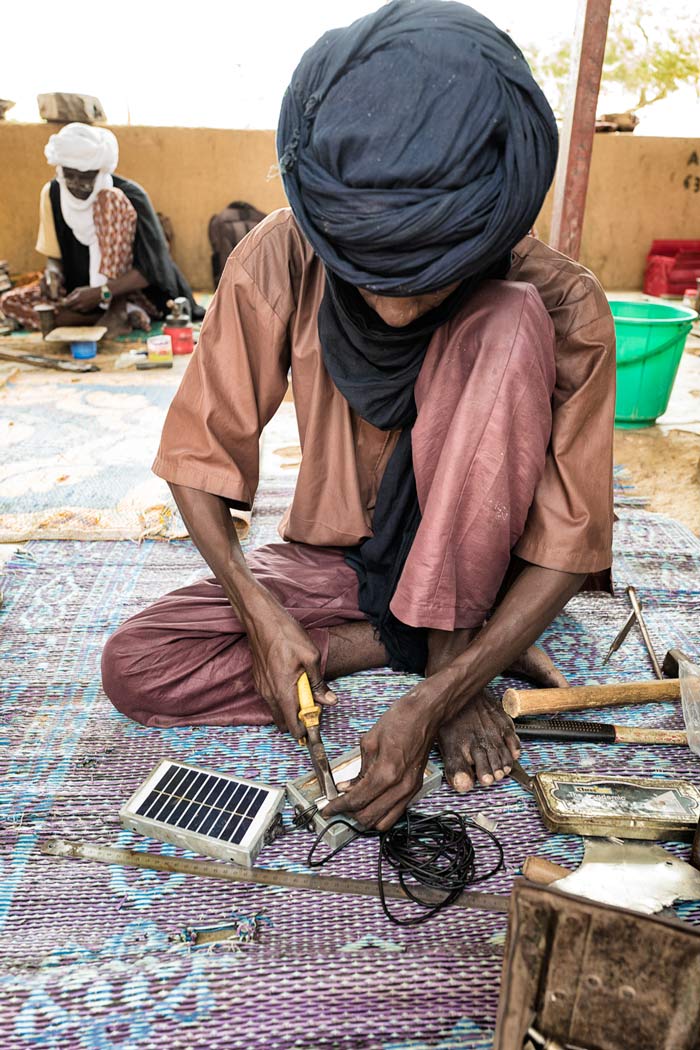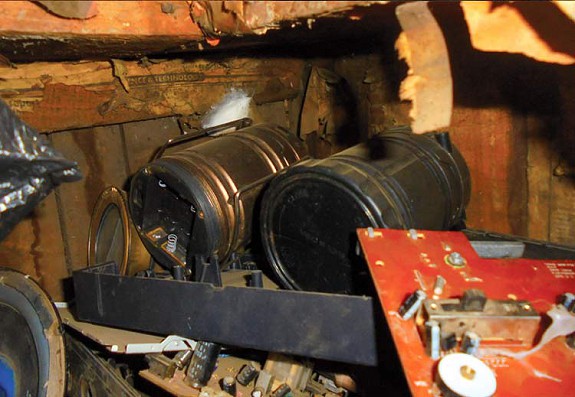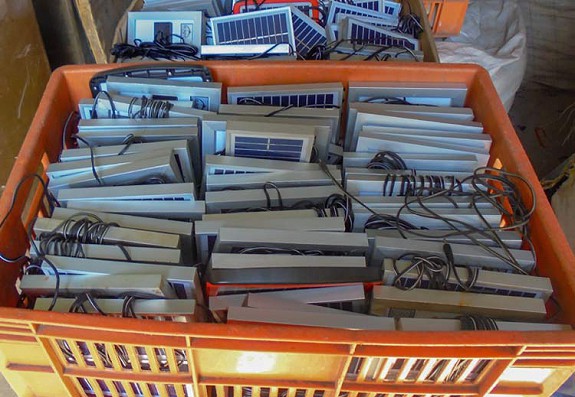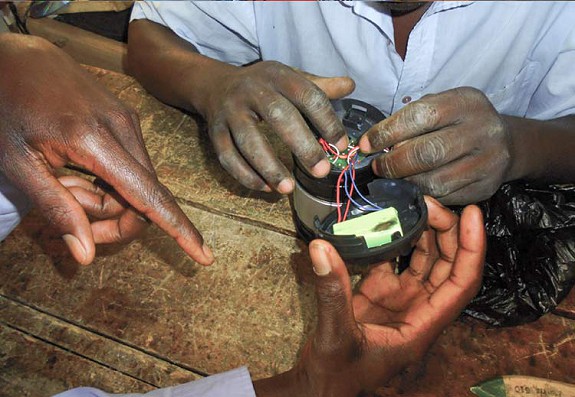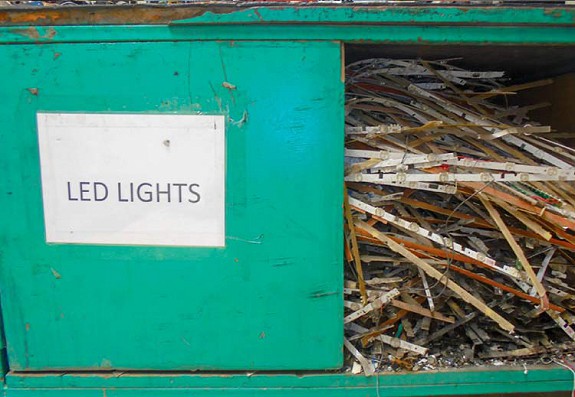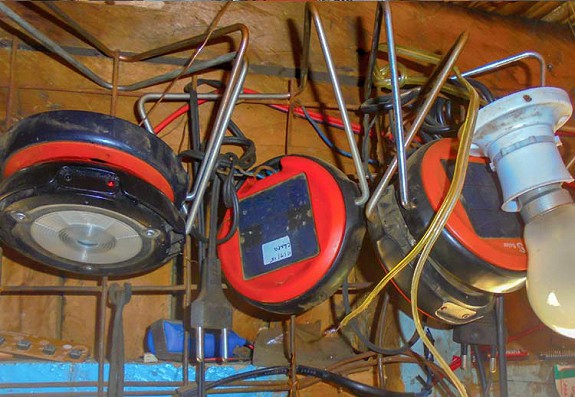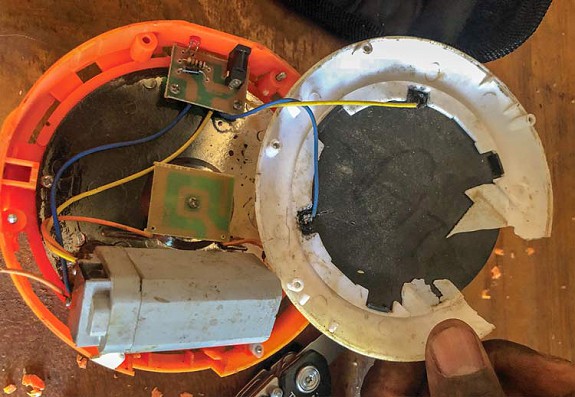COST TO THE USER
Issues of repair, maintenance and eventual disposal are often overlooked by the manufacturers of small scale solar devices.
Solar products are difficult to open, electronics are covered with paste, batteries either cannot be replaced or are difficult to source locally, and plastics are poorly labelled.
These issues result in many pico solar lights being useless as soon as a component breaks or the battery dies. Pico solar products often represent a significant financial investment for a family and without the ability to repair or maintain their product, the owner may have to rely once more on kerosene.
COST TO THE ENVIRONMENT
Solar products embody large amounts of energy in hard to recycle photovoltaic panels. Their circuitry and batteries contain materials that are dangerous and energy intensive to mine. These products, when disposed of prematurely and improperly, represent significant material and energy waste.
Major institutional buyers for off grid solar lighting products in the humanitarian and development sector have voiced concern about the long-term impact of electronic and electrical waste from solar technology.
Over the past 5 years the Global Off Grid Lighting Association - a membership-based trade body for solar manufacturers and distributors - has identified the ‘end of life’ of solar technology in Sub Saharan Africa and South Asia as a key area of concern.
As of 2018, there are no products in this market that meet basic criteria for circular economy products, including design for sustainability and design for disassembly.
PRO-SOLAR | ANTI-WASTE
Many solar manufacturers argue that centralised take back and recycling schemes provide the best solution to solar electronic waste.
We disagree. We argue that better design decisions can produce more sustainable solar technologies. We also argue that ready solutions to electronic waste flows already exist - in local economies of repair, reuse and re-purposing.
We think Solar What!? is a better solar lamp.
Images below are taken from across East Africa and show broken solar lights, local efforts to repair them or recycle their components, and crates of working solar panels whose associated lights have broken.
